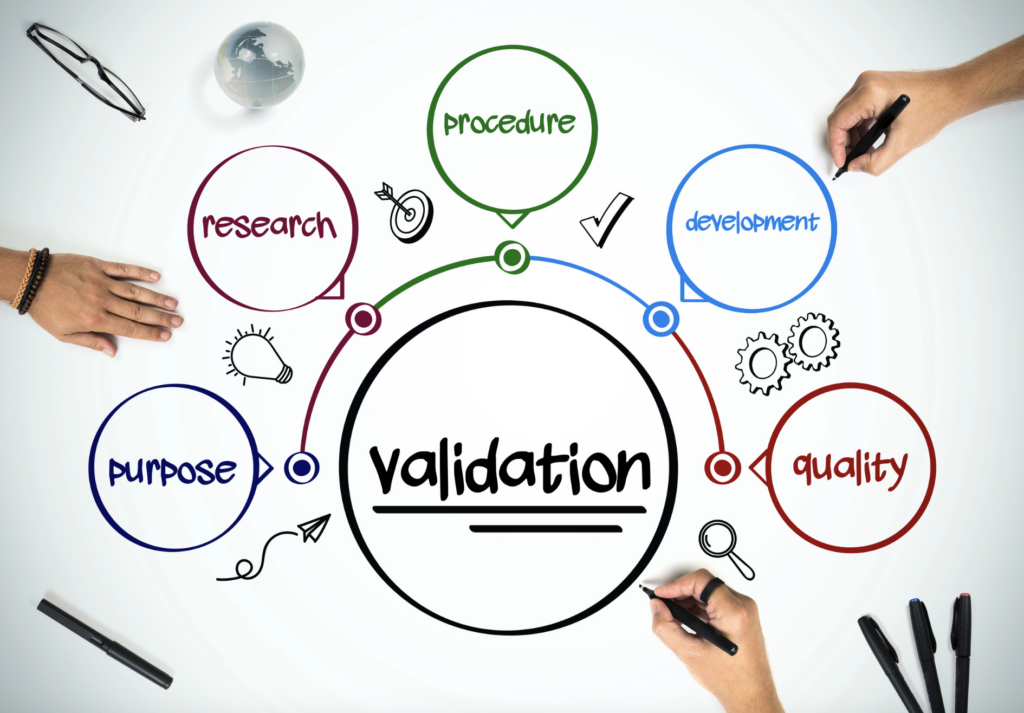Market validation is a crucial step in the product development process, serving as a compass to guide startups toward success. By systematically evaluating a product within its intended market and gathering feedback, startups can avoid the significant pitfall of a lack of product-market fit—a leading cause of failure, as evidenced by 34% of startups succumbing to this issue.
This rigorous approach to validation, considering that 70-85% of product tests may fail, is vital in refining product strategies. It’s a process that not only reduces the risk of a misaligned product launch but also ensures resources are invested wisely to enhance the chances of market acceptance and success.
What is Market Validation?
Market validation is the process employed to test the viability of a product or service within its target market, which is a cornerstone of product strategy development. It requires direct engagement with the intended market to obtain feedback, discern user needs, and confirm actual demand, thereby mitigating risks associated with assumptions.
For instance, Silicon Valley Research Group outlines a method involving customer anthropology labs and quantitative validation to glean nuanced insights into customer expectations. Another example is provided by eDreams, where their product development relies on iterative testing, revealing that a majority of their tests do not initially meet market expectations, thus emphasizing the importance of continuous validation. These practices highlight the importance of grounding product development in real-world data to ensure alignment with market needs and increase the probability of a product’s success.
5 Steps To Ensure Success Through Validation
1) Understanding User Needs
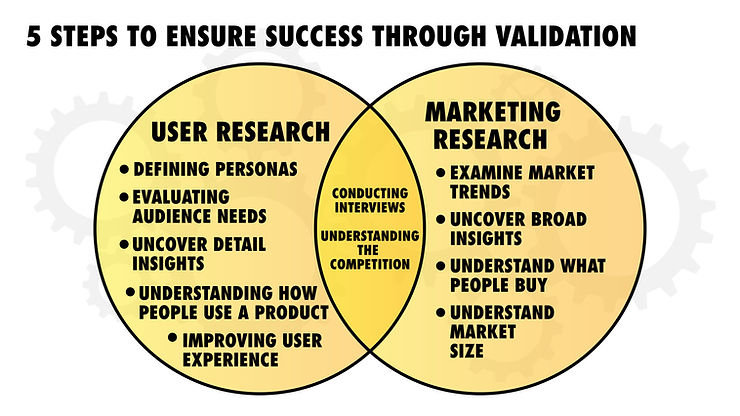
User and market research form the backbone of savvy product development. On the one hand, user research sharpens the focus on individual behavior, pinpointing exactly what drives usage and satisfaction. On the other, market research casts a wider net, capturing overarching trends and purchasing patterns essential for sizing up the competition.
In this data-driven era, the pace at which consumers adopt new technology is critical information, directly informing product strategy. Case studies, like those of Kodak, serve as cautionary tales, underscoring the necessity of agility and foresight. A commitment to user-centric design is not merely advantageous—it’s been proven to bolster engagement and expand market share. Meanwhile, industry-wide digital disruption demands a proactive stance; today’s innovators must stay ahead of the curve to remain relevant.
2) Real-world Feedback
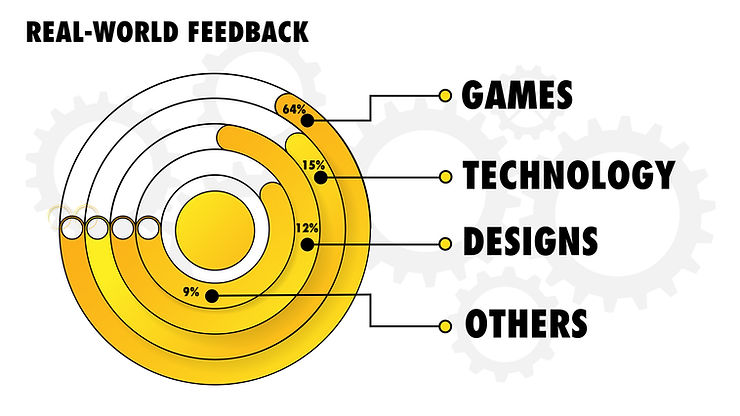
In the crowdfunding arena, platforms like Kickstarter highlight the vibrant community engagement across various sectors. The chart reflects this, showing 64% backing in gaming, signaling a robust market, followed by 15% in technology and 12% in design. Other categories comprise the remaining 9%, indicating a spread of interests, albeit with smaller support bases. These figures underscore the importance of market resonance for crowdfunding ventures.
Crowdfunding Dynamics:
-
- The dynamics of crowdfunding have significantly changed the product development landscape. With an average of 300 backers for successful campaigns, the impact of community engagement is evident. Entrepreneurs can now utilize crowdfunding to not only test the market but also to iterate their products based on real feedback.
- The dynamics of crowdfunding have significantly changed the product development landscape. With an average of 300 backers for successful campaigns, the impact of community engagement is evident. Entrepreneurs can now utilize crowdfunding to not only test the market but also to iterate their products based on real feedback.
The Iterative Path:
-
- This approach embraces an iterative development cycle, with continuous consumer feedback being a critical element. Such feedback not only informs the refinement of the product but also ensures that the final output aligns more closely with what consumers are looking for.
- This approach embraces an iterative development cycle, with continuous consumer feedback being a critical element. Such feedback not only informs the refinement of the product but also ensures that the final output aligns more closely with what consumers are looking for.
Building Community Trust:
-
- Trust is a cornerstone of successful crowdfunding campaigns. It’s about more than just funds; it’s about fostering a community that believes in the product and the mission of the entrepreneur. With a typical pledge of $96 per backer, the collective support can make a significant difference in the success of a campaign.
- Trust is a cornerstone of successful crowdfunding campaigns. It’s about more than just funds; it’s about fostering a community that believes in the product and the mission of the entrepreneur. With a typical pledge of $96 per backer, the collective support can make a significant difference in the success of a campaign.
Market Growth:
-
- The expected growth of the crowdfunding industry, with projections suggesting a market size reaching substantial figures by 2030, indicates the untapped potential for entrepreneurs looking to enter the market. Such growth highlights the increasing relevance of crowdfunding as a key player in the product development sector.
- The expected growth of the crowdfunding industry, with projections suggesting a market size reaching substantial figures by 2030, indicates the untapped potential for entrepreneurs looking to enter the market. Such growth highlights the increasing relevance of crowdfunding as a key player in the product development sector.
3) Avoiding Assumption Pitfalls
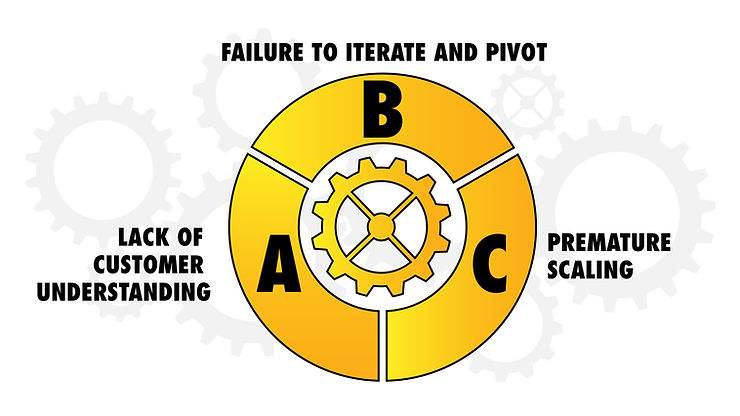
When developing a successful product, steering clear of assumption traps is critical. The journey from concept to market is more than a leap of faith; it requires a keen understanding of who you’re building for and why.
Lack of Customer Understanding:
Making assumptions about customer needs without thorough research can lead to a mismatch between what the product offers and what the market wants. It’s crucial to engage with customers and gather qualitative and quantitative data to understand their pain points and preferences deeply.
Failure to Iterate and Pivot:
Assuming the first version of a product will meet market needs is a common mistake. Continuous iteration based on customer feedback is essential. Failure to adapt the product based on real-world feedback can result in a solution that fails to meet the evolving demands of the market.
Premature Scaling:
Scaling a product based on assumptions rather than validated learning can lead to resource misallocation. It’s vital to ensure that the product has achieved a fit with a sufficiently large market segment before scaling operations and spending.
4) Optimizing Resource Allocation
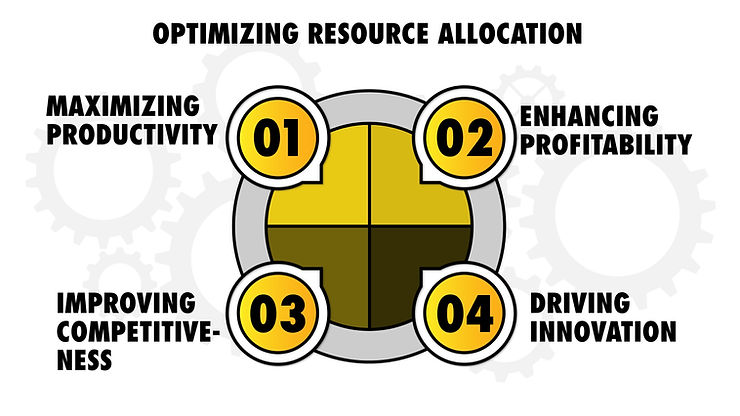
SMEs are often constrained by limited resources. Hence, they benefit immensely from market validation. By ensuring that resources are directed towards avenues with genuine demand, startups can prevent wastage on ideas that might not resonate with users, optimizing their chances of success.
Maximizing Productivity:
By allocating resources efficiently, a company can ensure that each department or project is operating at its full potential, thereby maximizing overall productivity.
Enhancing Profitability:
Strategic resource allocation is often directly tied to profitability. By investing in areas that offer the highest return on investment, a business can increase its bottom line.
Improving Competitiveness:
Efficient use of resources can give a company a competitive edge. This includes allocating funds to market research, product development, or customer service to outperform competitors.
Driving Innovation:
Allocating resources to research and development can foster an environment of innovation, leading to new products and services that can grow the business.
Effective resource allocation, guided by market validation, is key to enhancing profitability and driving innovation. Market research can pinpoint where investment is most needed, ensuring products meet customer demands. This, along with feedback, keeps offerings competitive and boosts productivity. Understanding the competitive landscape also influences resource distribution, furthering a company’s market position.
5) Conducting Competitive Analysis
Competitive analysis is more than a strategic step in the validation journey; it’s an ongoing process crucial to the success of consumer product startups. This comprehensive market evaluation can significantly influence a startup’s strategic direction. Startups that conducted in-depth industry and competitive analysis were 45% more likely to identify new market opportunities, allowing them to adapt and innovate effectively in the market.
Moreover, using advanced analytics tools for competitor analysis has been associated with a 37% higher likelihood of improved market positioning, highlighting the importance of not just gathering, but deeply analyzing competitor data to inform strategic decisions. These strategies can lead to enhanced decision-making, increased competitive advantage, and better-aligned business strategies with market conditions.
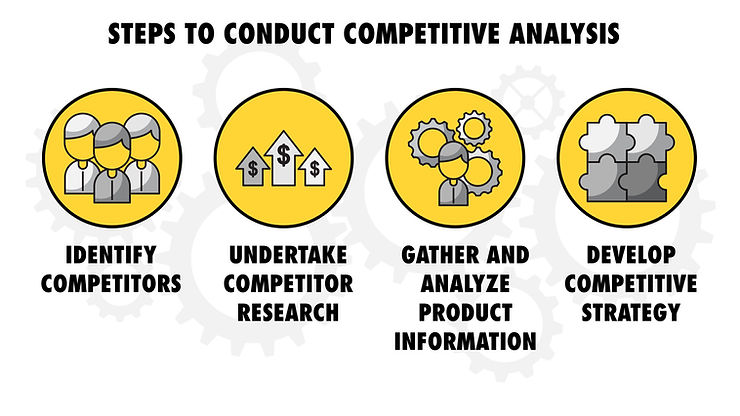
Steps to conduct competitive analysis:
Identify competitors:
Recognize other companies offering similar products, which is the first step in understanding the competitive landscape.
Undertake competitor research:
Delve into the specifics of your competitors’ strategies, products, and market presence to gain a comprehensive understanding of their operations.
Gather and analyze product information:
Collect data on competitors’ products, and analyze it to understand their strengths and weaknesses in comparison to your own.
Develop competitive strategy:
Use the insights from your research to formulate a strategy that positions your product advantageously in the market.
FAQs on Market Evaluation for Product Development
Q1: What is market validation and why is it important for SMEs?
A1: Market validation is the process of testing a product or service in your target market to determine its potential for success before fully committing resources to its development. It’s crucial because it confirms that your product solves a real customer problem and reduces the risk of launching something that won’t be profitable.
Q2: What are some common methods of market validation?
A2: Popular methods include customer interviews and surveys, prototype testing, usability testing, SEO analysis, and examining industry reports. Each method has its benefits, and often a combination is used to gain a comprehensive understanding of the market.
Q3: How can market validation influence product development for SMEs?
A3: Market validation provides insights into customer perception and demand, which helps SMEs allocate resources more effectively and increase the likelihood of product adoption. It’s a step that ensures the product aligns with market needs and customer expectations.
Q4: When should market validation be conducted in the product development process?
A4: Market validation should be an ongoing process throughout product development. Initially, it should start after the ideation stage to confirm the product concept and continue through to the development stages to refine and adjust the product based on real-world feedback.
Q5: What are the steps to conduct a competitive analysis?
A5: Steps for conducting a competitive analysis include identifying your competitors, undertaking research to understand their strategies and operations, gathering and analyzing information about their products, and using these insights to develop a competitive strategy for your product.
Conclusion
Market validation not only confirms that there is a demand for your product but also gives you insights into customer perception, which can shape your marketing efforts and product messaging. It’s a critical step in ensuring the success of your product and should involve a variety of methods, including surveys, prototype testing, and beta testing, to get the most reliable results

